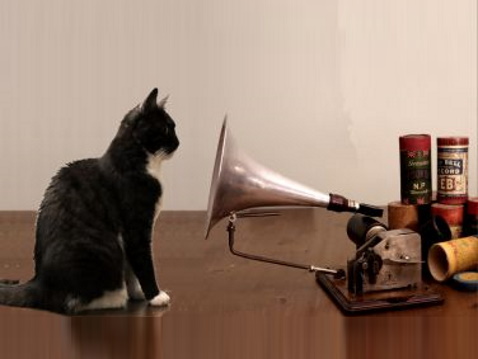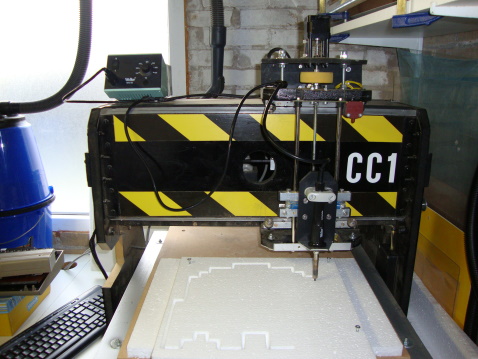Projects overview
This page contains an overview of some of the projects done by me, Jan Derogee. Click on the project/image you want to know more about. If you have any questions or suggestions feel free to contact me by sending me an email. The contact info is located in the top right corner of this page.
8-bit computer projects

The 1560 datasette is a project mostly build for the fun of it, but it certainly works and it's not a complicated build at all. A DPDT-switch and some creative re-wiring is really all you need (but I added two red/green LED's to indicate which tape is the primary tape). The idea for this project came from an old frustration, back in the 8-bit days I wasn't able to copy a C64 game tape on my brothers HiFi system and at the time I didn't understand why. But now I know, read the article and you know it too.
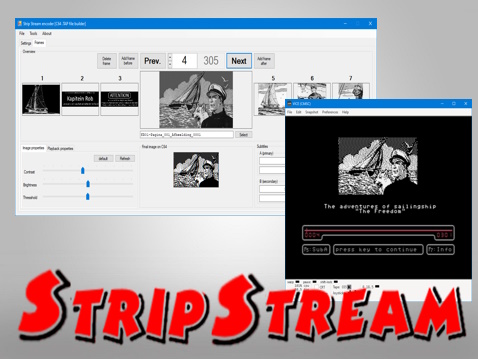
The StripStream project is a TAPE based comic book reader format for the Commodore 64. The StripStream composer program allows you to create your own digital comic book. Add as many images as you like, add some subtitles to it, create a TAP file and play it back on a real C64 (or emulator). No special hardware required, only a C64 and a datasette. Just imagine if this technology existed in the 80's...

This project is called Serial Speech Synthesizer SAM "SSSSAM". A text-to-speech synthesizer with the true voice of SAM. The intended use is the VIC-20, but it also works on the C64, C128 and Plus4. Simply connect it to the userport of the Commodore computer and to your monitor using the audio mixing cable.
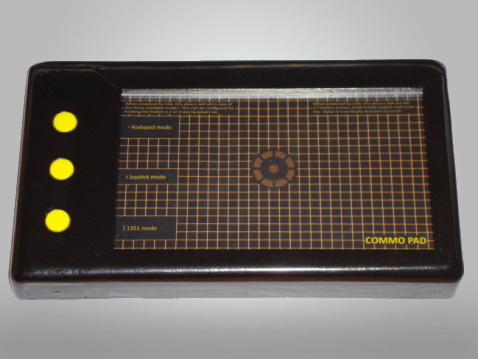
The Commo pad is a touchpad based device that can be used on the C64 and on your PC. It behaves
like a KoalaPad, 1351 mouse (or a joystick) on a C64. And like a 2 button mouse with scrollwheel on a PC.
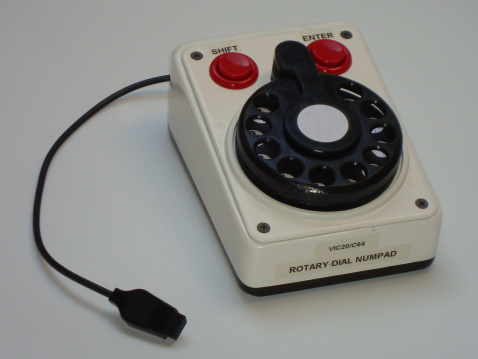
The rotary dial numpad, is just a little joke. But it really does work as I wrote a driver for the VIC-20 and the C64 for it. The idea behind this project is to make an homage to the rotary dial mechanism. Although I designed a completely new rotary dial mechanism that replaces the spring by a DC-motor. This way it is much easier to be made using 3D printing technology and commonly available parts.
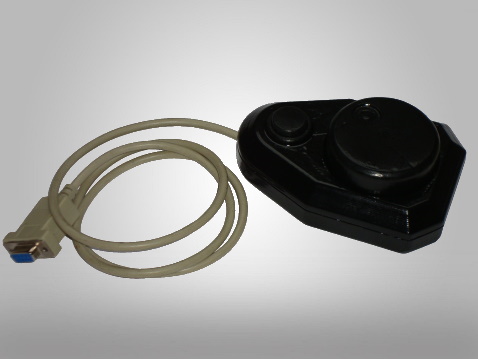
The rotary joystick is designed to make playing the games "Declathlon" and "Crank Crank Revolution" much more fun.

-=under development=-
This project is called Statera-64 "the open source balance board"
release date: to be determined
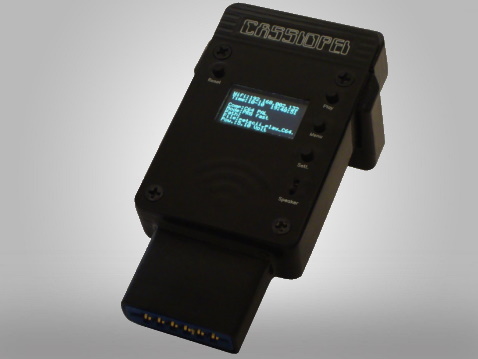
The Cassiopei v2.0 is the successor of the Cassiopei. This v2.0 version is much more practical (no PC software required). An OLED display for configuration,TAP-file navigation and status info. An SD-card for unlimitted storage. Wifi for virtual file mode, NTP for accurate time in GEOS and configuration through a webbrowser.

The Cassiopei is a versatile cassetteport based device, it can load .PRG files at 50 times the normal speed. Or .TAP files at regular speed. It is to be configured using a PC program (Windows only).
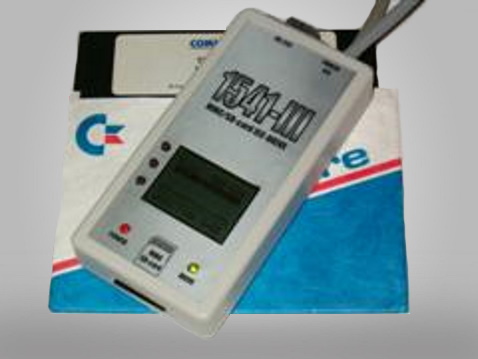
The 1541-III is a IEC based .D64 reader designed to act like a 1541 diskdrive. The .D64 images or .PRG files it uses are stored on a MMC or SD-card (FAT16 max. 2GB). It's small size, ease of use and trendy casing with the perfect display make this device a collectors item. This project started in 2006 but is no longer being developed.

Android based speech synthesis gives the VIC-20 Scott Adams adventure games a voice. Although the concept does work, it wasn't as fun and practical as I expected.
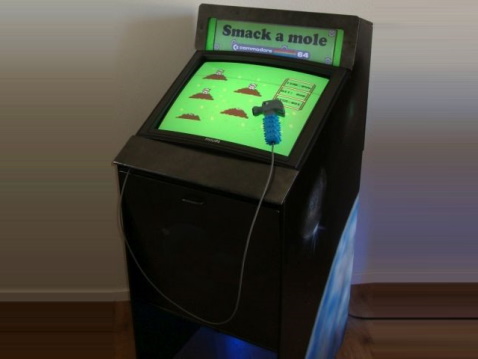
The lighthammer is a project that just had to be done. Although it works with various lightgun games, I also wrote a 'smack-a-mole" game for it. And then I also just had to build and arcade cabinet to really complete the project
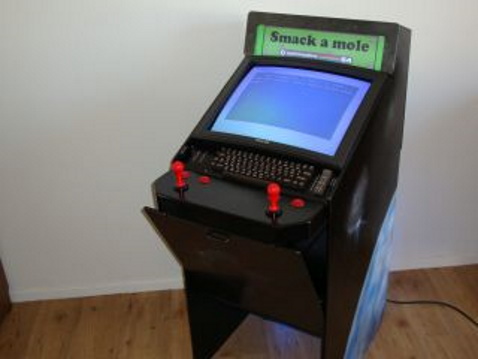
The arcade cabinet I've build to demonstrate the lighthammer can be used for many other games too. The keyboard and joystick can be hidden when not required.
Display / clock projects
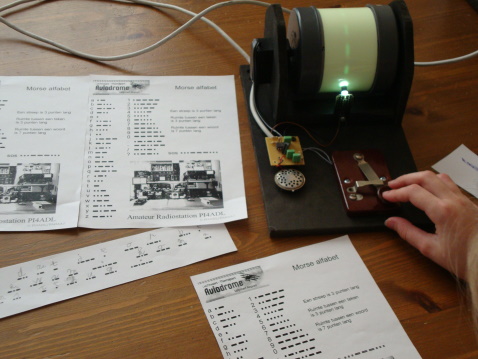
During a visit to a museum, my children learned about Morse code and received a paper with some small exercises. At home I build them a device to visualize the dots and dashes on a simple rotating screen, which instantly made clear why morse code consists of "dots" and "dashes".
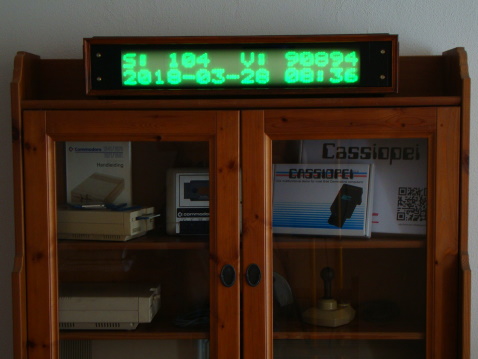
From the moment I finished the morsecode toy, I wanted to make a larger version, simply because I had plenty of glow in the dark tape left and wanted to make a dot-matrix display / clock.
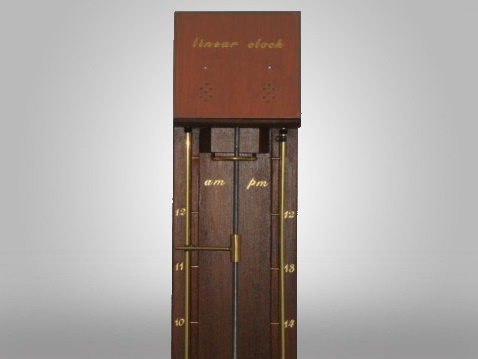
The glow in the dark display / clock was an inspiration for another clock. This clock is very simple in design and functions in a linear fashion. It is easy to read and even allows for an alarm function by placing one or more isolator block on the guide rails.
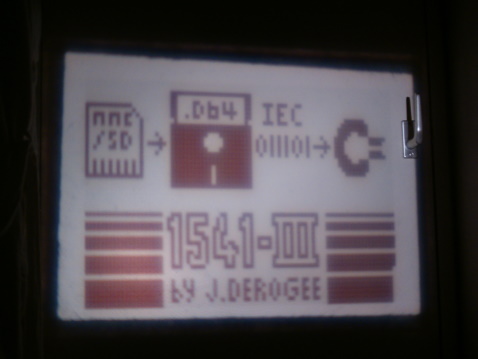
This project is an 84x48pixel beamer (hence the name since 84x48=4032). It was designed and used for the 1541-III project. It allowed to show the contents of the display to a large audience during demonstrations at the Commodore computer club meetings.

This project is basically an ordinary diskbox that has been converted into a digital clock. Time is indicated through the labels of the disks that are elevated. If you are not aware of this functionality it seems to be just an ordinary diskbox. Floppyclock: more than meets the eye.
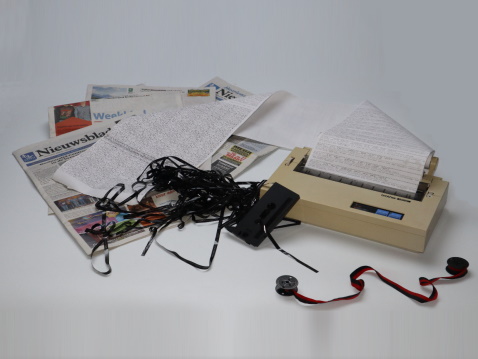
This project use an old (1987) Brother HR-5C printer, with a Commodore IEC serial interface connected to an ESP8266, to print news items from an RSS news feed. This printer uses thermal paper and is pretty silent compared to an ordinary 9-pin dot-matrix-impact printer of that time.
Info& repair projects

Information about C64 lightguns and the few available games that exist for it.

Information about the C64 and the paddle type controller.

My experiences with repairing my own equipment (fortunately for me this section isn't big).
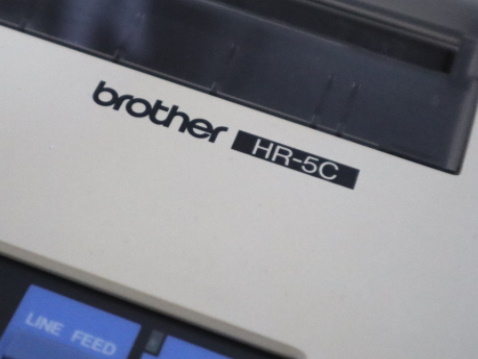
Information about the Brother HR-5C printer. The HR-5C is the HR-5 Commodore version, with the correct fonttype and IEC serial connection, so you can use it directly with your VIC20, C64, etc.
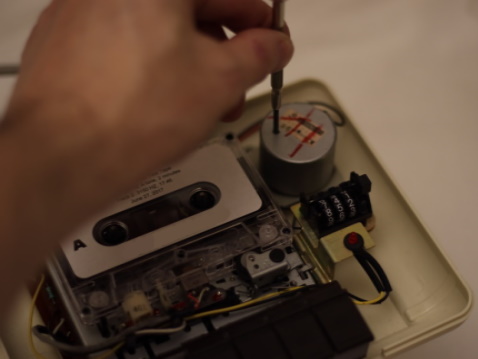
I was wondering how the tape speed of the datasette could be calibrated. But how do you measure tape speed... properly? Short answer, use a 3150Hz reference tape in combination with some program I wrote for the C64 program. And then made a serious but silly video about it.










